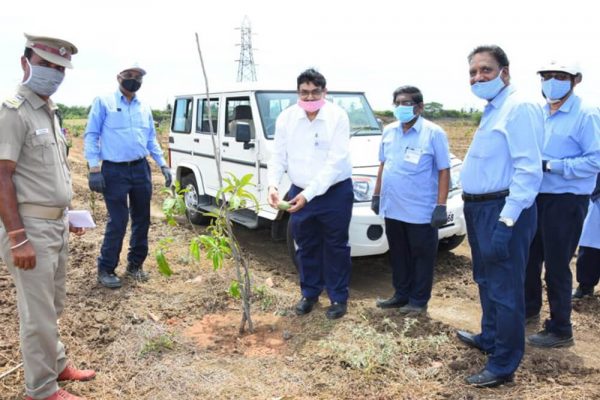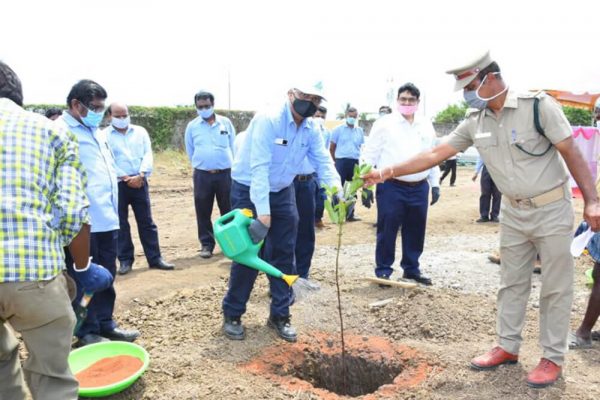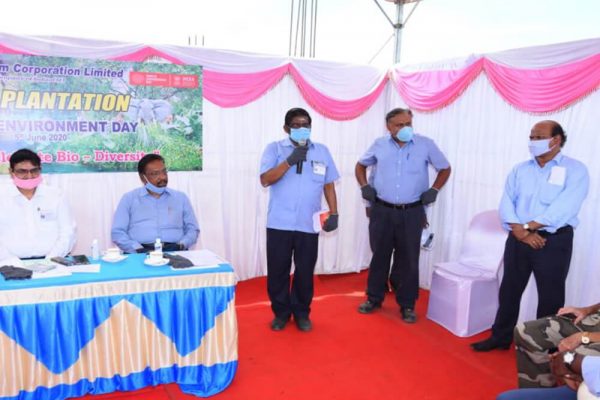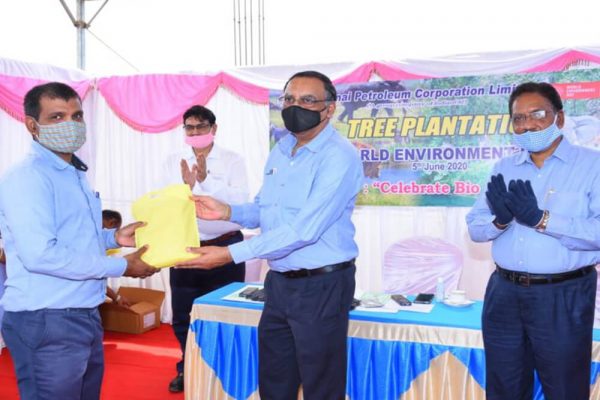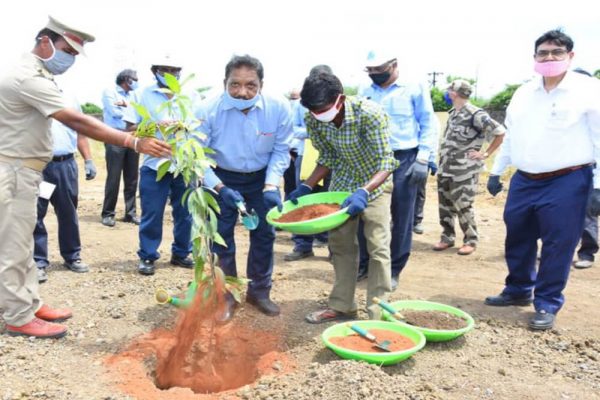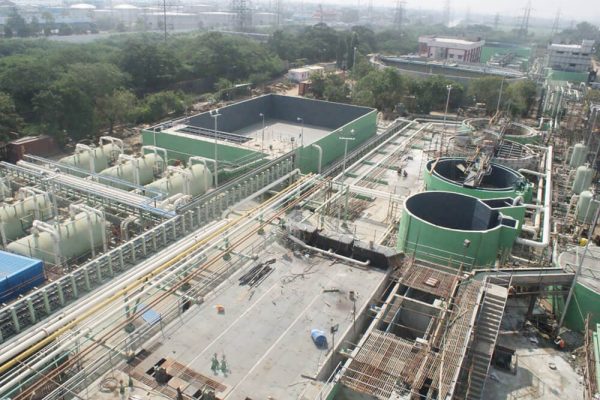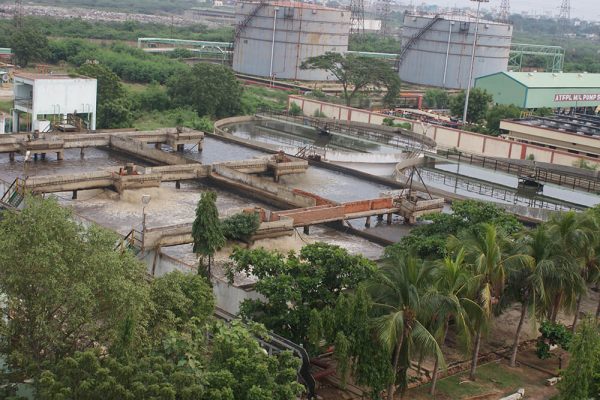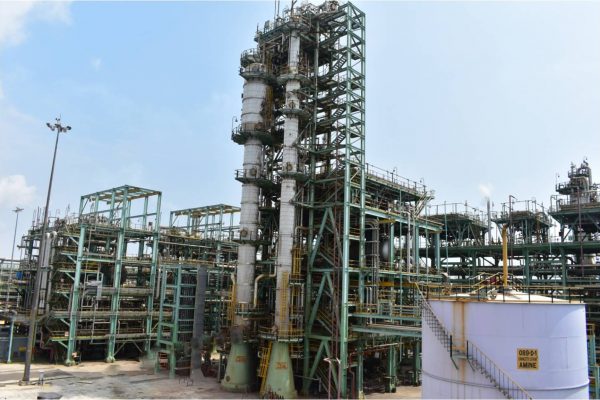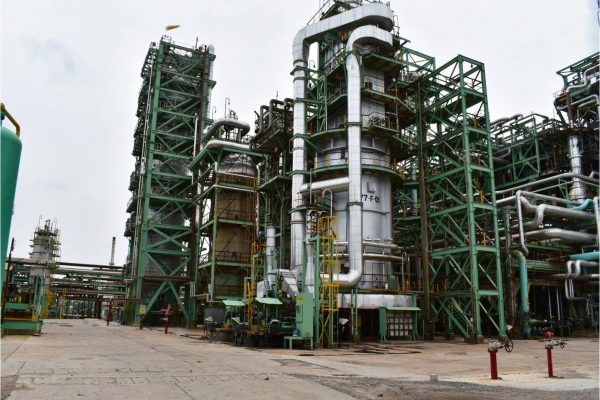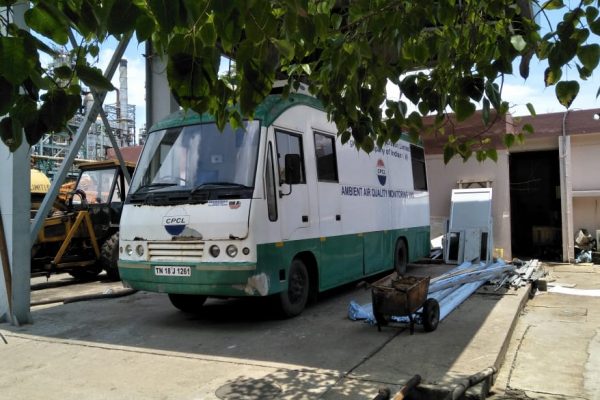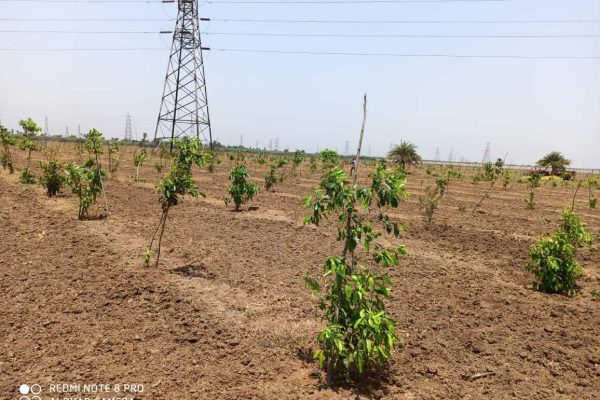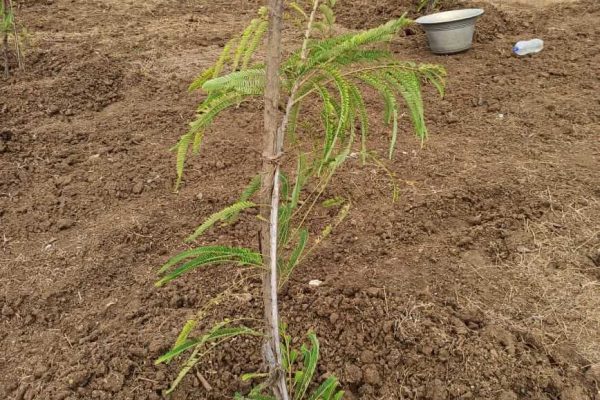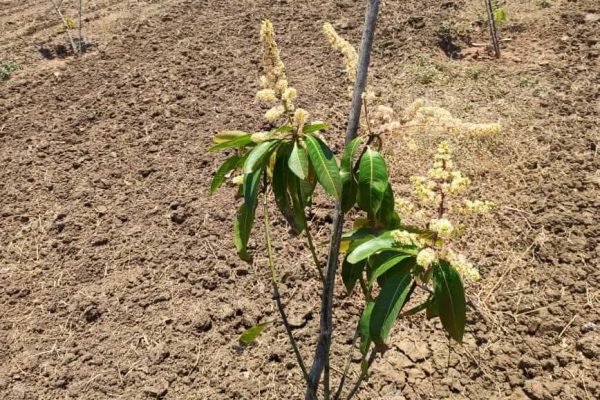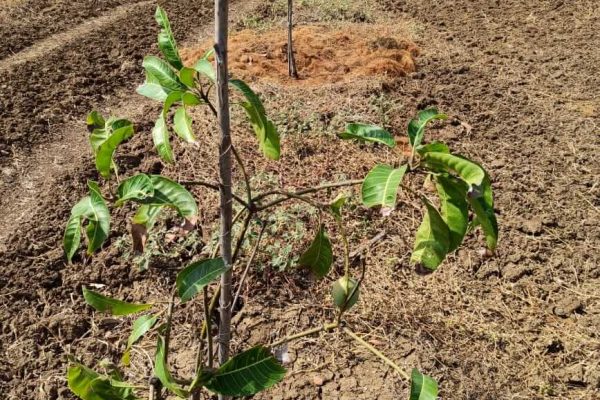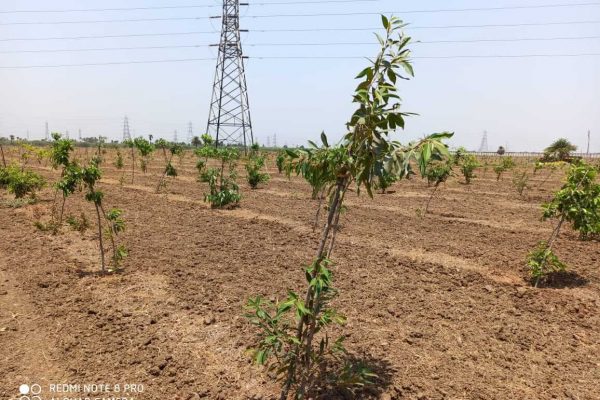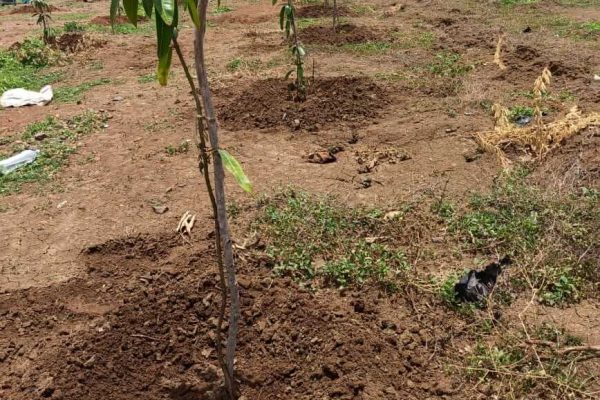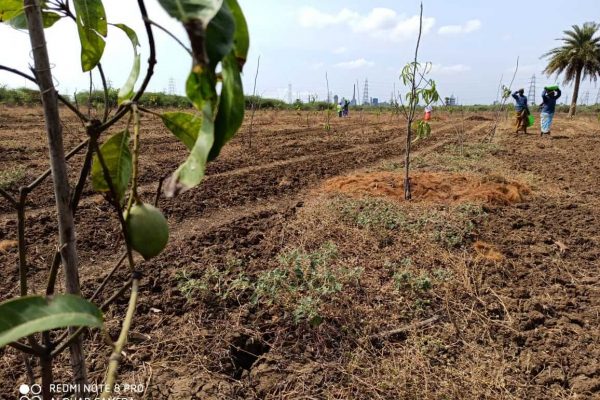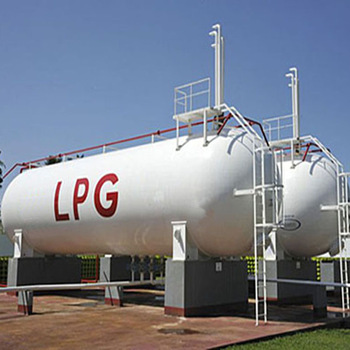Environment Conservation
CPCL ever since its inception, has been methodically planning and implementing several environmental conservation measures. A dedicated Environment Management Team functions exclusively to plan, implement, operate and monitor all environment-related activities.
CPCL Manali Refinery has obtained ISO 9001, ISO 14001 and OHSAS-18001 certifications.
CPCL uses the following multi pronged approach towards managing its Environmental System
- Use of cleaner technology in Refinery process operations
- Continuous operation of pollution control facilities
- Creation of environmental awareness amongst all employees
As part of awareness building efforts, CPCL celebrates world environment day every year
Cleaner Water
- CPCL has established three Effluent Treatment Plants dedicated to each of its three refineries. The total capacity of the ETPs is about 650 KL/Hr and is operated on a continuous basis.
- The treated water from Effluent Treatment Plants at CPCL meet MINAS standards regularly.
- Part of the treated effluents is recycled for greenbelt development, fire water make up, chemical preparation and other peripheral applications in the Refinery Complex.
- The remaining treated effluent is reclaimed for refinery process reuse through a novel technologies of Ultra filtration and Reverse Osmosis. Two Zero Discharge Plants have been installed and are in operation for reuse of treated effluent in the Refinery Complex as boiler feed water and cooling water
Conserving Water
- CPCL invested and put up a tertiary treatment plant ( TTP ) in 1991 on recalimation by employing conventional physico-chemical based tertiary treatment process followed by membrane separation of contaminants through reverse osmosis.
- CPCL has revamped the conventional tertiary treatment plant with latest technology of Ultra-filtration. This unique project also indirectly helps in resource saving of metro water which is diverted for the use by the city population and also avoids effects of disposal of partially treated sewage into the environment.
- Additional Sewage Reclamation plant of capacity 2.50 MGD(Million US gallon per day) has been installed and commissioned in 2007 June with the Latest Sequential Batch Reactor(SBR) technology, for bio treatment of sewage and Ultra-filtration for pre-treatment of Reverse Osmosis feed.
- Further seawater desalination plant of capacity 5.8 MGD has been installed to meet the water requirement of the refinery complex
- With the above facilities, CPCL is self-sufficient in meeting its water requirement without any dependency on Chennai Metro Water Supply & Sewerage Board ( CMWSSB )

Cleaner Air
- CPCL has been working on reducing air pollution on two fronts at its own plants as well as in vehicles using petrol or diesel.
- At its Plants, CPCL has switched over to Low Sulfur fuel – far less polluting than the high sulphur fuel used earlier.
- CPCL has installed Hydrocracker Unit in the expansion refinery so as to not only improve the quality of all the fuel products from the refinery, but also reduce sulphur emissions from the existing refinery.
- Also, Sulphur Recovery Units installed in CPCL results in substantial reduction of sulphur dioxide emission.
- To further cut down air pollution, CPCL has installed a Flare Gas Recovery Unit. This unit partially recovers hydrocarbons from the flare system.
- CPCL has installed a Diesel Hydro De-sulphurisation Unit in order to bring down the Sulphur content in HSD from the level of 1% to 0.035% & 0.005% as per requirement.
- Low NOx burners are used in boilers and process furnace heaters.
- Underlying the importance of monitoring, in the CPCL refinery Complex, seven numbers of state-of-art Continuous Ambient Air Quality Monitoring Stations’ are installed.
- CPCL has a mobile Monitoring unit to assess the air surrounding its plants.
- Continuous Stack Gas Monitoring units in all major refinery stacks have been installed for monitoring Emission of Sulphur di-oxide, Nitrogen oxides, particulate matter and carbon monoxide.
- Ambient air quality data are continuously transmitted to Tamilnadu Pollution Control Board
- For Control of emission of Volatile Organic Compounds, CPCL has installed closed tanks in place of open ponds for Effluent Storage & also continuously carrying out Leak detection and Repair ( LDAR ) program
- CPCL has been transporting all its products through pipelines to reduce air emission
- CPCL has been Continuously reducing its own energy consumption and also generating power by tapping solar & wind energy to reduce CO2 emission
Greener Environment
The greening of CPCL and its environment is another facet of environmental conservation. Planting and maintaining thousands of trees and shrubs form a green belt around CPCL plants. This mitigates fugitive emission, dilutes accidental releases and balances eco-environment-besides beautifying the surroundings.
Solid Waste Management
- Oily sludge from crude oil storage tanks & spent catalysts are the two major hazardous Wastes generated in any Refinery
- CPCL has introduced in-situ sludge treatment technology which involves recovery of oil from sludge at Tank itself so that the sludge volume is reduced
- Spent catalyst is disposed through authorized recyclers or disposed in dedicated disposal facility created by Tamilnadu Industrial Waste Management Association ( IWMA ) with the approval of Tamilnadu Pollution Control Board


